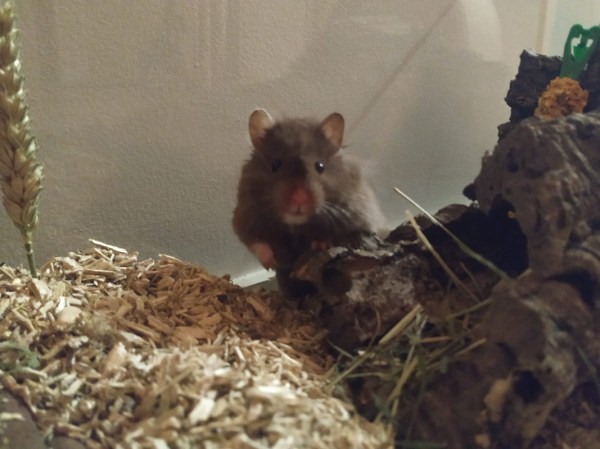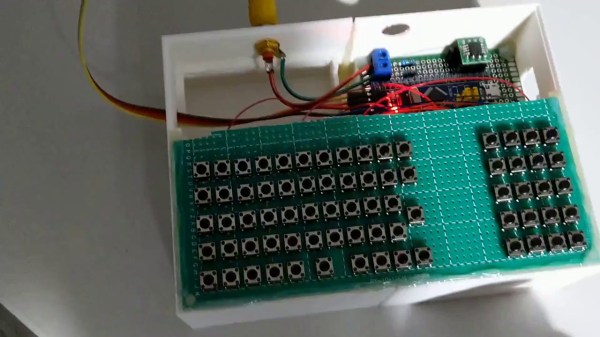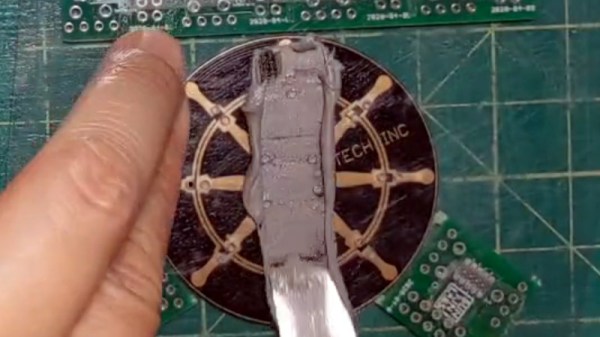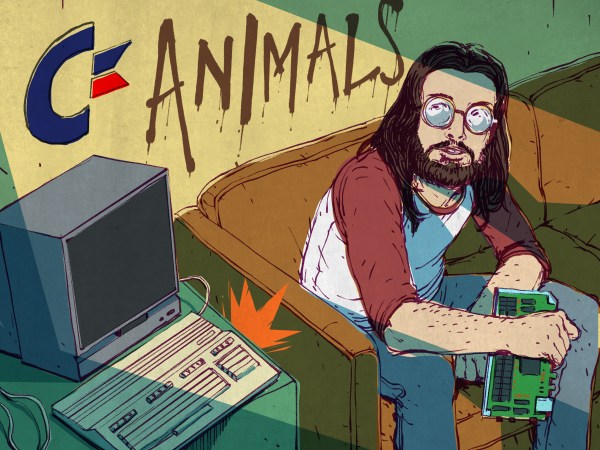A story that passed almost unnoticed was that the Coca-Cola company plan to run a limited trial of paper bottles. Wait, paper for a pressurized beverage? The current incarnation still uses a plastic liner and cap but future development will focus on a “bio-based barrier” and a bio composite or paper cap tethered to the vessel.
Given that plastic pollution is now a major global concern this is interesting news, as plastic drinks bottles make a significant contribution to that problem. But it raises several questions, first of all why are we seemingly unable to recycle the bottles in the first place, and given that we have received our milk and juice in paper-based containers for decades why has it taken the soda industry so long?
Plastic soft drink bottles are made from Polyethylene terephthalate or PET, the same polyester polymer as the one used in Dacron or Terylene fabrics. They’re blow-moulded, which is to say that an injection-moulded preform something like a plastic test tube with a screw top fitting is expanded from inside in a mould by compressed gas. As anyone who has experimented with bottle rockets will tell you, they are immensely strong, and as well as being cheap to make and transport they are also readily recyclable when separated from their caps.
Continue reading ““Paper” Bottles For Your Fizzy Drinks (And Bottle Rockets)”


















